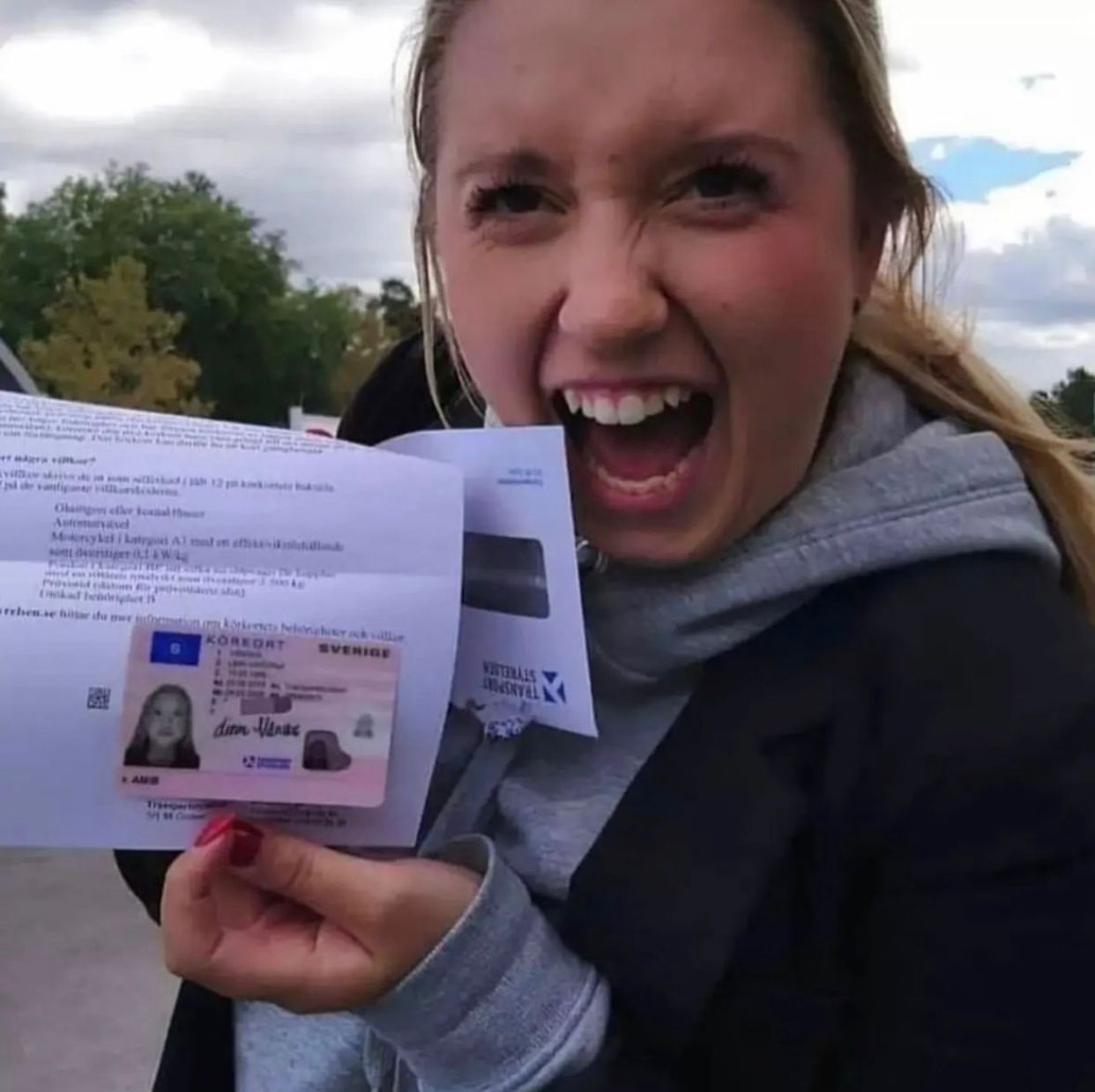The Future of Driving Licenses: ID Handling in 2025
As innovation continues to develop at an extraordinary rate, numerous sectors are welcoming developments to enhance user experience and effectiveness. One of the areas experiencing considerable transformation is identity management, especially concerning driving licenses. With the intro of digital licenses and advanced identification approaches, the landscape of driving license ID handling is anticipated to undergo substantial modifications by 2025. This post explores the expected advancements in driving license ID handling, the implications for users, and responses often asked questions about the future of driving licenses.
The Evolution of Driving Licenses
Driving licenses have actually generally served as a way of determining a person's authority to run an automobile. They also serve multiple secondary functions, including age confirmation and identity confirmation for banking and travel. Nevertheless, the physical card system has restrictions, including risks of counterfeiting, loss, and outdated information. As society gravely relies on efficient and safe and secure identification systems, the shift towards digital licenses is becoming significantly popular.
Current Trends in Driving License ID Handling
- Digital Licenses: Many states are piloting digital driving licenses that allow users to save their qualifications on their smart devices. These digital licenses are designed with innovative security features, including biometric information, and can be scanned or shared firmly.
- Blockchain Technology: Some jurisdictions are checking out blockchain to boost the security and credibility of driving licenses. This technology makes sure that information can not be tampered with which the information is quickly proven.
- Facial Recognition: Increasingly used in identification practices, facial acknowledgment innovation can speed up the process of confirming a person's identity versus their driving license. This innovation also assists decrease fraud and preserve the integrity of the licensing systems.
- Multi-Functional Licenses: Future driving licenses may integrate extra features such as health records, travel paperwork, and even payment systems, offering a detailed identity option.
The Benefits of Digital Driving Licenses by 2025
The shift towards digital driving licenses presents a number of advantages, including:
- Convenience: Users can access their licenses anytime, which eliminates the need for physical cards. This is especially beneficial when individuals forget their license, as digital copies can be recovered quickly.
- Security: Advanced security procedures can lower the threat of identity theft, fraud, and unapproved duplication. Digital licenses frequently include encryption and biometric confirmation.
- Performance: Reduced wait times at government workplaces and during traffic stops, as law enforcement can validate digital licenses instantly.
Ramifications for Users
While the improvements in driving license ID dealing with present many benefits, they likewise come with challenges. Users require to adjust to new technology and guarantee they understand the modifications and their ramifications. Here are some factors to consider:
- Privacy Concerns: With increased digital footprints, there will be increased concerns over data privacy and how biometric information is kept and utilized.
- Availability Issues: Individuals without access to mobile phones or digital technologies might deal with barriers to getting and utilizing digital licenses.
- Regulatory Compliance: With different jurisdictions adopting various systems and procedures, users need to know their local laws regarding digital licenses and identification.
Prepared For Changes in Driving License ID Handling by 2025
| Aspect | Present Status | Expected Change by 2025 |
|---|---|---|
| License Format | Physical cards | Primarily digital licenses |
| Verification Process | Manual checks | Automated biometric verification |
| Security Measures | Standard holograms and features | Advanced file encryption and blockchain |
| Jurisdictional Differences | Fragmented procedures across states | More standardized national systems |
| User Interaction | In-person renewals and checks | Mobile applications for management |
FAQs
1. What is Köpa Ett Körkort driving license?A digital driving license is an electronic version of a conventional driving license that is kept on a mobile phone. It can be used for recognition and confirmation in different circumstances, with enhanced security functions to avoid fraud.
2. How will digital licenses enhance security?Digital licenses make use of encryption and biometric information, making them more difficult to forge or misuse compared to standard cards. Additionally, blockchain technology can make sure data credibility and integrity.
3. Will everybody be needed to switch to a digital license?While lots of jurisdictions are moving towards digital licenses, guidelines may differ. Users are motivated to talk to their regional licensing authorities for particular standards.
4. What are the potential drawbacks of digital licenses?Some potential downsides consist of privacy issues relating to data storage, availability problems for people without smart devices or digital literacy, and the requirement for a robust regulatory structure to manage security and user rights.
5. How can I prepare for the shift to digital licenses?Stay notified about local efforts regarding digital licenses, explore available mobile applications for handling recognition, and cultivate digital literacy to navigate brand-new technologies confidently.
The future of driving licenses and ID handling is poised for considerable evolution by 2025. As digital licenses become more common, users will experience improved security, convenience, and efficiency. Nevertheless, alongside the advantages come obstacles that will require public awareness and adjustment. Stakeholders must focus on education, guideline, and accessibility to make sure a smooth transition that empowers individuals with the recognition tools of the future. As innovation advances, so too will the techniques through which society handles identity, especially important in processes as basic as running a motor car.

